10 most impressive scientific discoveries in the world in the first 6 months of 2016
The Earth has two moons, discovering the ninth planet, finding methods of near-endless data storage . are the most discoverable and outstanding findings and discoveries of scientists. Study from early 2016 to now.
1. Discover a new "Moon" around Earth
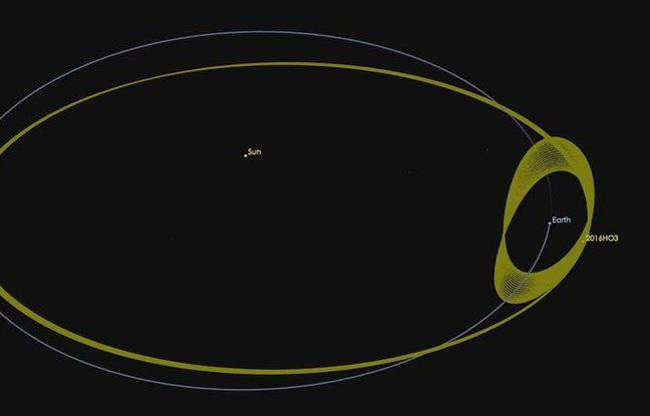
On April 27, 2016, NASA scientists discovered an asteroid named 2016 HO3 when the telescope was located in Haleakala, Hawaii was surveying Pan-STARRS object 1.
The trajectory of this asteroid is quite special, HO3 has a faster movement speed than Earth and is closer to the Sun. Causing HP3 to tilt at an angle of 8 degrees and a cycle around the Sun is 365.93 days (Earth's 365.24 days). According to asteroid scientists, the diameter is about 40m to 100m smaller. much more than our main moon (3.474km).
This asteroid has been around the Earth for nearly a century and will continue like that for several hundred years. Its orbit is elliptical with an average distance of 38 to 100 times that of the Earth.
2. Carbon Dioxide penetrates into the soil can become solid rock
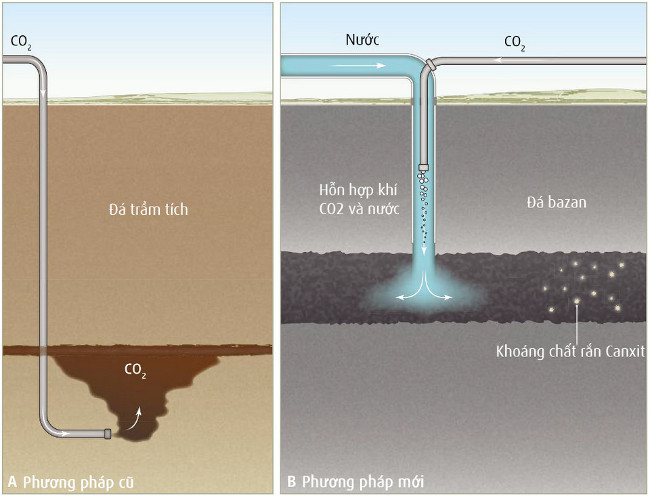 Photo: P. Huey / Science
Photo: P. Huey / Science
Iceland scientists have successfully developed a technique that allows storing carbon emissions by turning them into rocks that prevent them from entering the atmosphere, affecting the greenhouse effect, limiting the process of warming up. bridge.
The team devised a method to accelerate the natural process of converting basalt into carbon dioxide, then becoming limestone by pumping CO2 gas and groundwater into volcanic rocks in Iceland. In nature, this process usually takes hundreds, even thousands of years, but scientists in Iceland have shortened the time to 2 years.
When carbon is sucked into a rock that can be stored underground or used as a building material to never release CO2 into the atmosphere.
3. Therapy for stroke using stem cells
 Photo Nissim Benvenisty
Photo Nissim Benvenisty
Scientists at Stanford University (USA) conducted a treatment trial for 18 patients with stroke with stem cells. Among them were 11 women and 7 men, aged 33 to 75, patients with motor disabilities, some with paralysis, while others were unable to walk.
All patients received stem cell transplantation, including drilling a hole into the skull and injecting SB623 cells into the area of the brain damaged by stroke. One month after treatment, patients began to show signs of recovery, and these improvements continued for at least 1 year and more than 2 years for some patients.
4. Implant the chip in the brain to help the paralyzed person manipulate the hand as they think
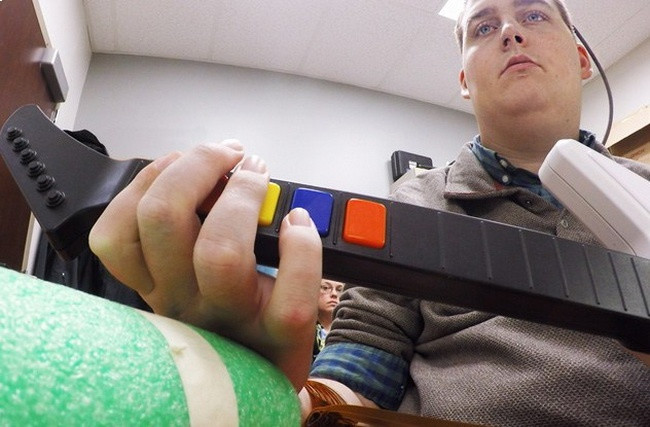 Ian Burkhart could play Guitar Hero after being implanted into the brain.
Ian Burkhart could play Guitar Hero after being implanted into the brain.
Ian Burkhart , a man who had suffered from the chest down for six years, was able to move his finger.
The chip was implanted in Burkhart's left brain, making it possible for him to transmit signals from his brain to his right hand and make it move, holding the cup. Even this new technology could help Burkhart's fingers move independently to play Guitar Hero.
This is also the first time a person with polio can regain the ability to move simply, thanks to the advancement of medicine. Scientists hope from Burkhart's success, in the near future technology will be an effective way to help paralyzed people with four limbs regain control.
5. SpaceX successfully landed a missile
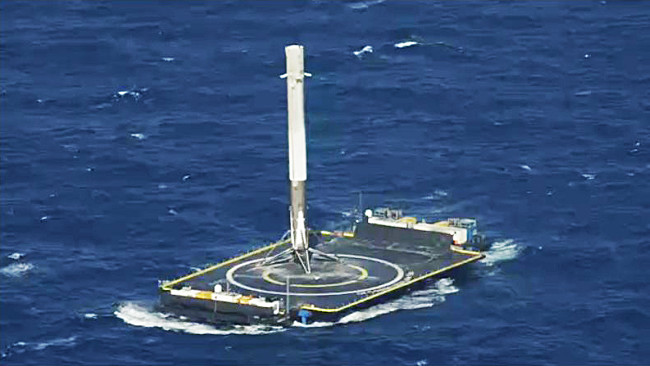 SpaceX's rocket successfully landed on the floating platform in the middle of the sea
SpaceX's rocket successfully landed on the floating platform in the middle of the sea
On April 8, 2016, SpaceX Space Technology Corporation founded by Elon Musk made the first landing of the unmanned rocket to the floating platform in the middle of the Atlantic. Their success will save money and the time between each launch due to the reuse of the rocket and will most likely pave the way for a new era of aerospace history.
6. Detecting fish walking and climbing walls
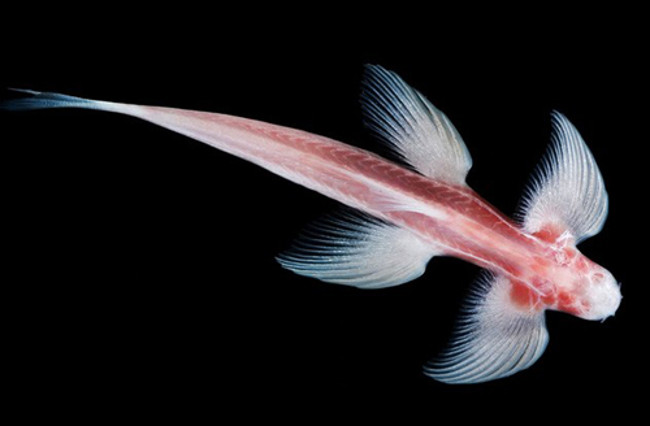
A group of researchers from the New Jersey Institute of Technology discovered a blind fish species that knows walking and climbing like a four-legged animal on a trip to Thailand.
Scientists said that Thailand's cave fish , Cryptotora thamicola, is the only living fish that is capable of walking just like terrestrial vertebrates, can even climb over high rock.
Their pelvis is very complex, connected to the spine with the ribs extending along the body, helping the hind legs support the body off the ground, similar to land-based four-legged animals. . In addition, their vertebrae are also stacked on top of each other, helping the spine to be sturdy, serving for travel.
Scientists hope this fish will help explain the way in which human ancestors evolved from deep seabeds to the ground, from a fish swimming in the water until becoming a species of bones. living on land about 300 million years ago.
7. Find out almost endless data storage methods

Scientists at Southamton University in the UK have created a new form of data storage, which helps to encode information into the tiny nanostructures contained in glass. It is called a " 5-dimensional disk ", can store about 360TB of data, with an estimated life of up to 13.8 billion years in temperatures up to 1000 ° C.
Data is recorded on devices that use ultra-fast lasers through short and intense light pulses. Each file is written in three layers of nanostructures that are only 5 micrometers.
8. Detecting the 9th planet in the solar system
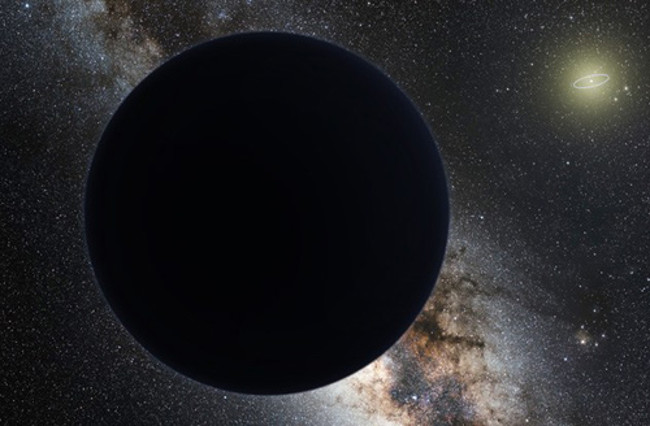
In January 2016, based on astronomical observations and computer models, astronomers from the California Institute of Technology (Caltech) argue that in our solar system there is a giant planet (onion) 9th planet) has never been known as " planet X ".
The planet is 10 times larger than the Earth, and is "floating" in the Kuiper belt. It is 149 billion kilometers from the Sun, 75 times farther away from Pluto and takes 10,000 to 20,000 years to spin around the Sun.
9. Detect a new element

In January 2016, scientist Curtis Cooper and colleagues in the Great Internet group Mersenne Prime Search (GIMPS) announced the latest and greatest primes ever with 22,338,618 million digits. This number is 4 times larger than the old record and is named 2 ^ 74.207.281 - 1 with the code M74207281 .
2 ^ 74.207.281 - 1 was searched by scientists Curtis Cooper and colleagues in the Great Internet Mersenne Prime Search group (GIMPS). This is the result of many volunteers' efforts to find larger prime numbers of the form 2n-1 according to the Mersenne algorithm. The record for the largest number of primes previously announced by Cooper's group and they broke the record four times.
10. Light genetically modified 800 million years ago led to multicellular life
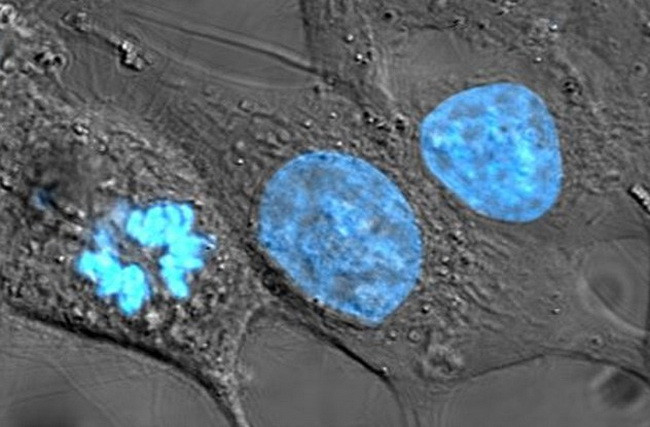
The researchers found an ancient GK-PID molecule , about 800 million years ago, that is the root of the unicellular entity evolving into multicellular organizations like today. Molecules are found like a carabiner molecule, which can pull chromosomes close together to latch inside the cell membrane when separation occurs. This allows cells to reproduce properly and avoid cancer cell formation.
You should read it
- Bacteria on Earth live easily on Moon Enceladus
- NASA declares the existence of the 9th planet in our Solar System
- The catalyst can turn carbon dioxide into plastic
- The deviating object in the Kuiper Belt may be the 10th planet of the solar system
- Photos of the 9th planet in our solar system
- The mysterious 9th planet could be a 'free floating' planet
- Microsoft has committed to a roadmap of 'recovering' CO2 emissions from business operations since 1975
- For the first time, toxic gas has been discovered that confuses astronomers
May be interested
- The most impressive, 'crazy' scientific discoveries in 2017
 business insider has launched a list of the most crazy, impressive and most promising innovations in 2017, from the discovery of the 8th missing continent of the earth, the secret room in the giza pyramid for to cancer patients can use their own cells to treat ...
business insider has launched a list of the most crazy, impressive and most promising innovations in 2017, from the discovery of the 8th missing continent of the earth, the secret room in the giza pyramid for to cancer patients can use their own cells to treat ... - See the wonderful images of the world's first computer layout
 let's tipsmake.com review the first computers appeared in the world - the machines marked a great progress of science and technology in human history!
let's tipsmake.com review the first computers appeared in the world - the machines marked a great progress of science and technology in human history! - New discoveries could make 2025 an unexpectedly happy year
 this article summarizes the good things that happened in science, which made this recent year more worthwhile, comfortable, and happier in countless ways.
this article summarizes the good things that happened in science, which made this recent year more worthwhile, comfortable, and happier in countless ways. - 18 impressive maps of the world you may have never seen in books
 join tipsmake.com to admire 18 impressive maps of the world you may not have seen in books!
join tipsmake.com to admire 18 impressive maps of the world you may not have seen in books! - Discover 12 mysterious wonders deep in the ocean that few people come
 invite you to explore the 12 mysterious wonders that lie deep in the ocean, making everyone desire to have a look in the article below!
invite you to explore the 12 mysterious wonders that lie deep in the ocean, making everyone desire to have a look in the article below! - 15 sculptures are so impressive that you don't believe they exist
 let us admire 15 impressive sculptures so much that you don't believe they exist!
let us admire 15 impressive sculptures so much that you don't believe they exist! - The 7 most powerful supercomputers today
 supercomputers play an important role in scientific discoveries, from predicting climate change to discovering new drugs.
supercomputers play an important role in scientific discoveries, from predicting climate change to discovering new drugs. - 23 false scientific facts that we still believe
 let's explore the 23 wrong scientific facts that we still believe below!
let's explore the 23 wrong scientific facts that we still believe below! - 52 funny facts about everyday things we don't expect (Part 1)
 let's explore part 1 of 52 funny facts about everyday things that we didn't expect to expand your knowledge. sure, you will know more surprises about life around you.
let's explore part 1 of 52 funny facts about everyday things that we didn't expect to expand your knowledge. sure, you will know more surprises about life around you. - 52 funny facts about everyday things we don't expect (Part 2)
 let's explore part 2 of 52 funny facts about everyday things that we didn't expect to expand your knowledge. sure, you will know more surprises about life around you. sometimes these facts are simple, even in front of us, just that we don't mind.
let's explore part 2 of 52 funny facts about everyday things that we didn't expect to expand your knowledge. sure, you will know more surprises about life around you. sometimes these facts are simple, even in front of us, just that we don't mind.










 Review the mascot of the Olympics
Review the mascot of the Olympics The 10 most 'surreal' competitions at the 2016 Rio Olympic Games
The 10 most 'surreal' competitions at the 2016 Rio Olympic Games Fabrication of liquid metal can be self-moving, linked together to create electrical circuits
Fabrication of liquid metal can be self-moving, linked together to create electrical circuits 20 amazing discoveries about countries around the world
20 amazing discoveries about countries around the world How much gold medal at the Olympic Games?
How much gold medal at the Olympic Games? The 5 greatest athletes of the ancient Olympic congress
The 5 greatest athletes of the ancient Olympic congress